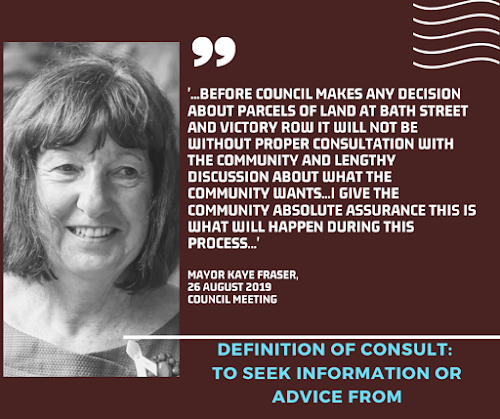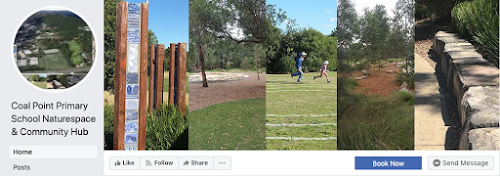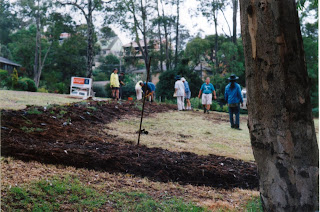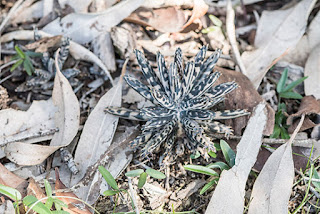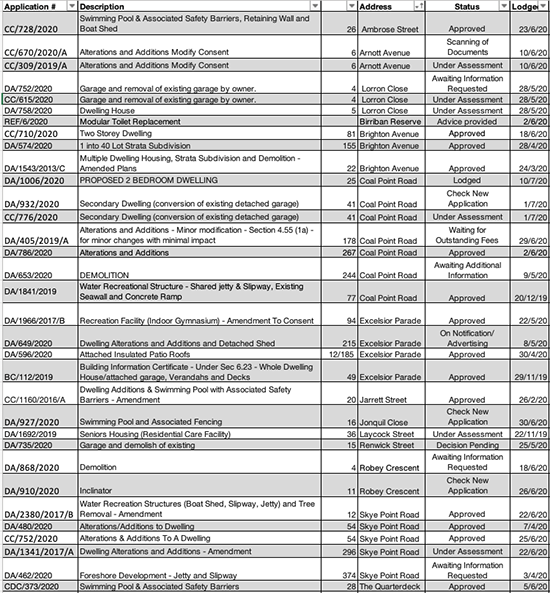No she wasn’t referring to Lake Macquarie City Council but to Georges River Council in southern Sydney which is working through a planning process to upgrade a local pool.
Georges River Council began by shutting down the Kogarah War Memorial Pool before the new pool had even been designed. Then in May 2020 councillors decided to build the new pool at nearby Todd Park.
Yet a planning report obtained by Ms Hutchinson revealed that “almost three-quarters of residents who made submissions asked for it to stay in its original location”.
Nevertheless, the new pool will have a water slide. Residents were asked for their thoughts on a water slide: “How many said yes? Less than 1%”.
Now Georges River is a long way from Lake Macquarie so it may be hard to see the relevance to Toronto.
But, in the ongoing saga of Council’s proposed high-rise building for the Toronto Foreshore, the community has long argued for the Bath Street site to be integrated with the foreshore parkland with improved recreational amenities.
So Council’s recent response to the question of “Why was the community not asked to provide input into which scenarios were chosen for the ‘Sustainability Review” is perplexing:
“SGS Economics are a specialist consultancy firm that were engaged as a sub-consultant… SGS methodology sought to remove as much subjectivity from the process as possible and provide Councillors with an independent analysis of the site with respect to the potential uses. The ideology behind the different potential uses is not to identify specifically what the future use will be, but rather to compare a number of different scales of use, hence why their analysis ranges from a “Do Nothing” approach right through to a “Precinct Plan”.
The scenarios being examined by the consultant are:
1) do nothing
2) open space, park
3) park with cafe
4) compliant development for community purposes
5) 4-6 storey residential development with commercial space
6) as for (5) but with serviced apartments, and
7) as for (5) and (6) but with a Precinct Plan.
Even after Council had in September 2019 walked away from endorsing a proposed Precinct Plan and unanimously voted to defer further work on the proposed mixed use apartment building, we now have a consultant being paid to examine a Precinct Plan and high-rise residential and serviced apartment buildings as part of a series of ‘scalable options’!
The community has provided many suggestions for the future use of the Bath Street site, but we are not being consulted because that would be ‘subjective’. Meanwhile Council staff and the consultants are happily playing ducks and drakes with several options that the community has already rejected.
In August 2019 Mayor Fraser assured a packed public gallery that she had “listened to the community” and that any decision “will not be without proper consultation with the community and lengthy discussion about what the community wants“. Perhaps Council staff need to be reminded of this?
Westlakes ratepayers know how it feels to be shut out of decision-making that directly affects them.
At least the Georges River community was allowed to comment, even if the comments were then ignored.
The Westlakes community still has not been given any say on the future use of the Bath Street site !
Perhaps it’s time we spoke with Ms Hutchinson and the Sydney Morning Herald. They may better be able to find out what has happened to the Foreshore Master Plan and who is so determined to resurrect the high-rise apartment tower.
Even after Council had in September 2019 walked away from endorsing a proposed Precinct Plan and unanimously voted to defer further work on the proposed mixed use apartment building, we now have a consultant being paid to examine a Precinct Plan and high-rise residential and serviced apartment buildings as part of a series of ‘scalable options’!
The community has provided many suggestions for the future use of the Bath Street site, but we are not being consulted because that would be ‘subjective’. Meanwhile Council staff and the consultants are happily playing ducks and drakes with several options that the community has already rejected.
Westlakes ratepayers know how it feels to be shut out of decision-making that directly affects them.
At least the Georges River community was allowed to comment, even if the comments were then ignored.
The Westlakes community still has not been given any say on the future use of the Bath Street site !
Perhaps it’s time we spoke with Ms Hutchinson and the Sydney Morning Herald. They may better be able to find out what has happened to the Foreshore Master Plan and who is so determined to resurrect the high-rise apartment tower.
